Walkabout: The Gloucester Family of Brooklyn, Part 3
Elizabeth Gloucester of Remsen House, Brooklyn, died in August of 1883. She was lauded in the world’s press as being the wealthiest colored woman in America, a rags-to-riches story in a country that had ended the enslavement of her people only twenty-five years earlier.
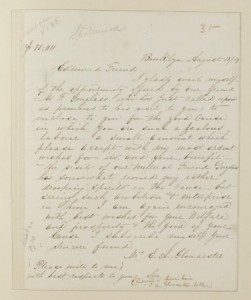
Read Part 1 and Part 2 of this story.
Elizabeth Gloucester of Remsen House, Brooklyn, died in August of 1883. She was lauded in the world’s press as being the wealthiest colored woman in America, a rags-to-riches story in a country that had ended the enslavement of her people only twenty-five years earlier.
Elizabeth and her husband, the Reverend Doctor James Gloucester, had also been activists in the Abolitionist movement: proud supporters of John Brown, the Underground Railroad, and leaders in Brooklyn’s anti-slavery crusade.
James Gloucester was pastor and founder of Siloam Baptist Church, one of the many new independent African American churches being organized in Brooklyn in the first half of the 19th century.
Elizabeth was a very successful entrepreneur, a rarity in all ways; not only as a person of color operating her businesses, at a time when slavery was still alive and well in the Southern United States, but as a woman, as well versed in real estate and financial matters as any man. For more on the Gloucester back story, please read Part One and Part Two.
Remsen House was the jewel in Elizabeth Gloucester’s crown. It was the former site of the Hamilton Club, one of Brooklyn Heights’ exclusive men’s clubs, founded to provide a place for well-situated gentlemen to gather, eat and drink, talk politics and finance, and get away from their wives and families for a while. The club was named for Alexander Hamilton, and stood on the corner of Remsen and Clinton Streets in the heart of Brooklyn Heights.
The Hamilton Club was expanding, had chosen a new site nearby, and had sold the building to another club, and Mrs. Gloucester had bought the large building from them. The Gloucesters and their five children moved into the midst of Brooklyn’s finest neighborhood, and established an upscale boarding house called Remsen House. The establishment was very successful.
Mrs. Gloucester’s other real estate and financial dealings had made her a very wealthy woman by anyone’s standards, and she used her money to fund her many charitable concerns. After the Civil War, Elizabeth was a generous patron to charities and programs in the South designed to aid freedmen’s causes.
She understood that education was a vital key to the advancement of African Americans, especially among a population that had been forbidden, upon the threat of death, to learn to read and write. Here in Brooklyn, where many black people were often not faring much better, she gave money to institutions such as the Howard’s Colored Orphan Asylum, which took care of the many orphaned and indigent Negro children out of a fine new building near Weeksville.
Her wealth and social standing enabled Elizabeth and her family to walk with some of Brooklyn’s white elite. She had enlisted many of them in support of her causes, and no doubt was a guest in some of their homes, as well as hostess to events of her own. Her funeral brought them out in full force, a mixture of Brooklyn’s black and white elite, all mourning the passing of a legend. The funeral at Remsen House was followed by burial in Green-Wood Cemetery. The family’s tears flowed, and then the legal battles began.
Elizabeth had left a will, which left the properties in the estate to the six children. James was no longer pastor of Siloam by this time, and was making a living as a physician, specializing in herbal medicines. Although all evidence, including real estate records, pointed to Elizabeth being the real estate and business generator of the family, James Gloucester and his attorney contested the will, saying that Elizabeth had been under undue influence when she wrote it, and that he, James, had actually been the engineer of the family wealth.
He contended that all of the properties and business transactions had been his, purchased with his money, but put in his wife’s name. He further went on to say that most of the family money had come from the second-hand clothing businesses the Gloucesters had established in both Philadelphia and Manhattan, early in their marriage, and that these were his businesses and efforts, which enabled them to expand their considerable real estate holdings.
Well, the whole thing went into probate, and the battle began. In an article in the Eagle with the ridiculous title of “Dusky Ducats,” the particulars of the case were laid out. The will was a voluminous and exacting document, which left the properties in trust of Francis T. Garresttson, a Manhattan lawyer, and John McClune Smith, a doctor.
They were the executors of the estate. They were to divide the estate into seven equal parts, and invest one part for each of the six children and the husband. James would receive during his life the income derived from the investment of his share, and at his death, the principal and interest would be divided amongst his children. This was the part that James had a problem with.
On top of that, a codicil to the will dropped one daughter, Mrs. Emma White, from the will, and instructed that her share be divided amongst the others. The codicil cited “undutiful conduct” by Elizabeth as reason for her exclusion. She was also contesting the will, but separately from her father. James had engaged the services of John F. Quarles, as attorney. Mr. Quarles had the distinction of being the only black member of the New York Bar in 1883. Rich black people, with black lawyers, contesting a will in 1883 was an event that the Eagle couldn’t resist, so there were many articles about this case in the papers.
The same article described Rev. Dr. Gloucester as “well known to the colored residents of Brooklyn as a practicing physician. He has a large office on the corner of Willoughby and Duffield Streets, where a huge glass sign announces his name and office hours. The doctor is also a regularly ordained minister of the Presbyterian Church, and united with his medical title that of Reverend. He is said to be a man of much intelligence and learning, studious, quiet and domestic in his habits.”
The case made the Eagle’s editorial page, where the author said that the case depended on the court believing that Rev. Gloucester was an equal participant in his wife’s business, and therefore entitled to the estate, able to decide how the money was divided or spent.
The editor goes on to say, “If, therefore, the Remsen House belonged to Mrs. Gloucester, and she never deeded it, or any share in it, to her husband, and if he cannot prove that he was known and recognized by the boarders in the house as their landlord, entitled to give orders for the management of the hotel, to hire and discharge servants, and to receive and give receipts for the board payments of the inmates, he will find it hard to convince a court that he was the business partner of his late partner in the vineculum matrimonii.”
After much legal wrangling, the case was settled. The courts allowed Rev. Gloucester a large part of the estate, with the Gloucester children compromising on their inheritance to allow the case to end. There is no record of the disinherited sister’s claim. Hopefully she got something. The remaining sisters ran Remsen House as their mother did, until they sold it back to the Hamilton Club.
In 1886, Dr. Gloucester was now in his 60s. He had acquired the real estate bug, and had bought a couple of farms in Long Island. Unfortunately, unlike his wife, he was no good at it, and was taken advantage of at every turn. He got ripped off by contractors and workmen, one of whom was paid in full to dig a well that never reached water.
Another man was contracted to build a house on one of the farms, as well as the same style house on another of the doctor’s properties. The builder built an entirely different house, and then put a lien on it to recover the balance of his payment when Dr. Gloucester refused to pay for it. The doctor had to countersue. The results of that case are unknown.
To make matters worse, Charles Gloucester, one of the family’s two boys, turned out to be a total disaster, the ne’er-do-well son every wealthy family seems to have. He received $20,000 from his mother’s estate when he was twenty years old. That would be the equivalent of several thousand dollars today. He ripped through it in five years, “squandered in riotous living,” as the Eagle noted. In 1887, he disappeared after being the main suspect in a series of robberies at his father’s house on Duffield St. The police investigated and found that Charles had been robbing his father as well as his sisters at Remsen House.
The rest of the family fared better. Adelaide Gloucester married well, becoming the wife of Mr. George Rice, a wealthy colored man, about whom the paper had no further details. They were married by her father at Remsen House, with her sister Louisa as attendant, and her brother James as best man. The couple left for Washington, D.C., but came back to Brooklyn to live on Franklin Avenue. Adelaide may have been the only African American bride to be mentioned in the Eagle in the 19th century.
James Gloucester died in 1890 at Remsen House, attended by his daughters. He was 70, and like his wife, succumbed to pneumonia. He was a familiar sight around town, tall and distinguished looking, always formally dressed. He was more of an herbalist, practicing holistic medicine, and would be considered rather New Age-y today.
He believed in the power of certain waters to heal, specifically the water from one of his Long Island farms. He treated his patients with concoctions of cider and water, with specific salts added for extra benefit. He really didn’t need the money, and was a bit of a harmless quack and eccentric who gave away more than he sold, a sad end to a firebrand who had supported John Brown.
You would have thought that the whole unpleasantness with his wife’s estate would have taught him something, but he too devised a complicated will that would end up in court. And who should be contesting the will but the disgraced son Charles, who showed up on the day of the funeral demanding that an investigation be carried out on the circumstances of his father’s death. The funeral and burial would proceed anyway. Dr. Gloucester’s will specified that his two sons receive only $50 each, and Charles was furious. Their sisters got the rest of the estate, which was valued at over $100,000. Not bad for the time, but certainly not the much larger estate that his wife had left.
I would love to be able to trace the rest of the family over the years. Did they stay in Brooklyn, who were they, who and where are they now? Elizabeth and James Gloucester are important people in the history of Brooklyn, and certainly in the history of this borough’s African American community. I hope to be able to find out more about these remarkable people.
(Above and below, a letter from Elizabeth Gloucester to John Brown. Photo: Historical Society of Pennsylvania)

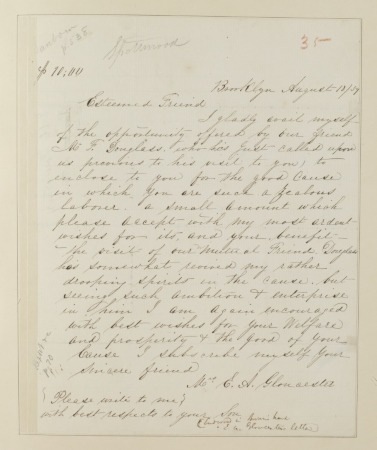
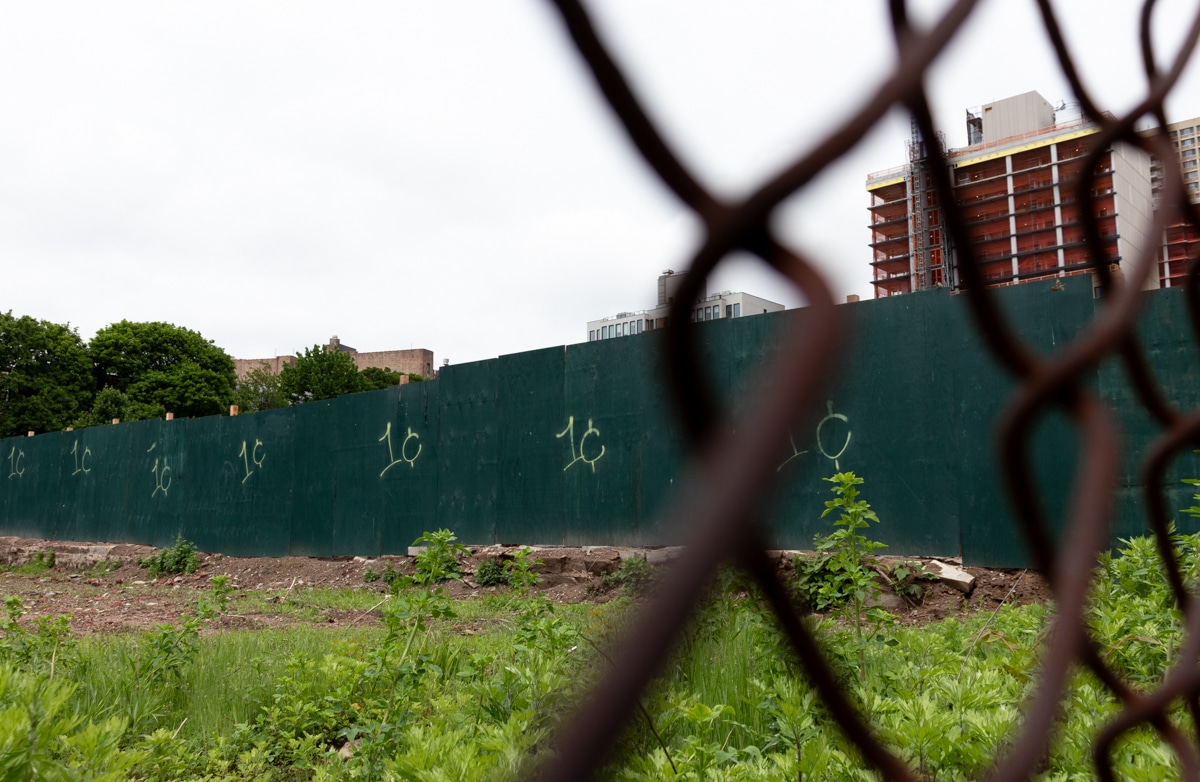
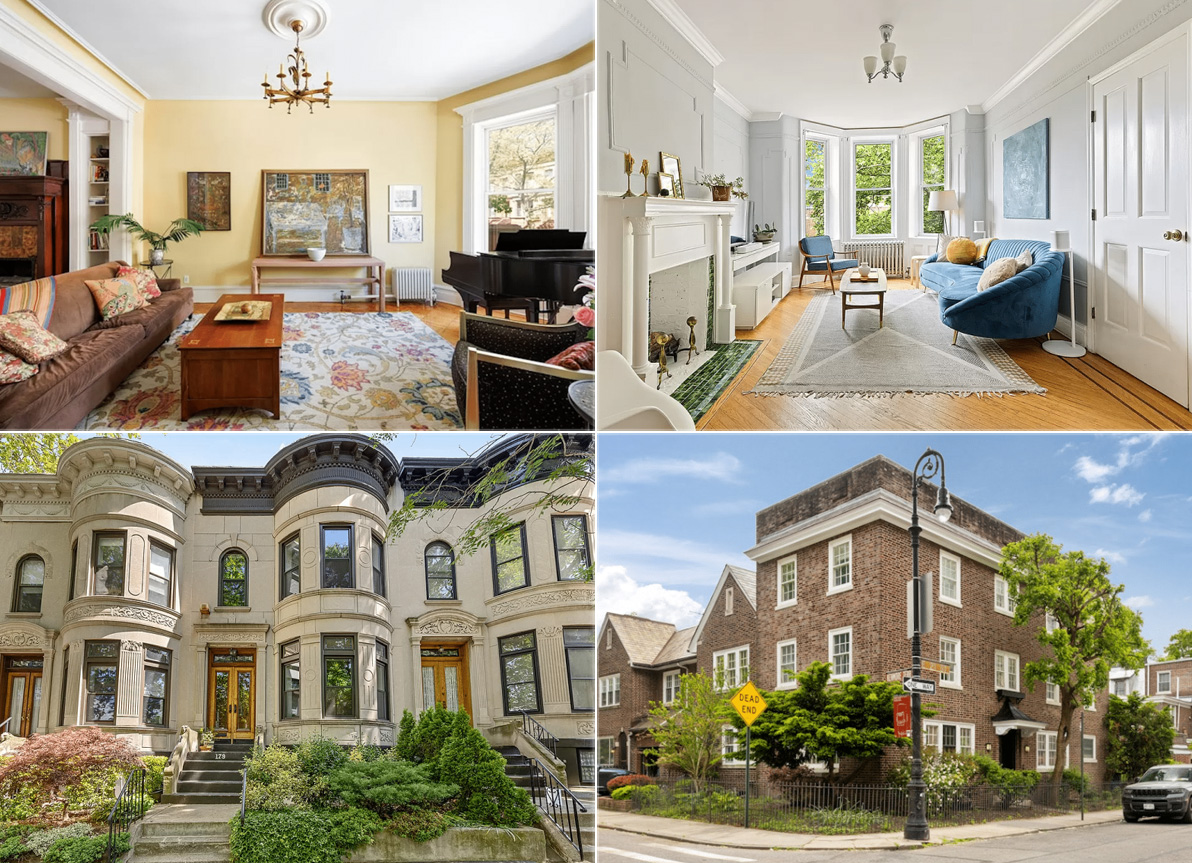
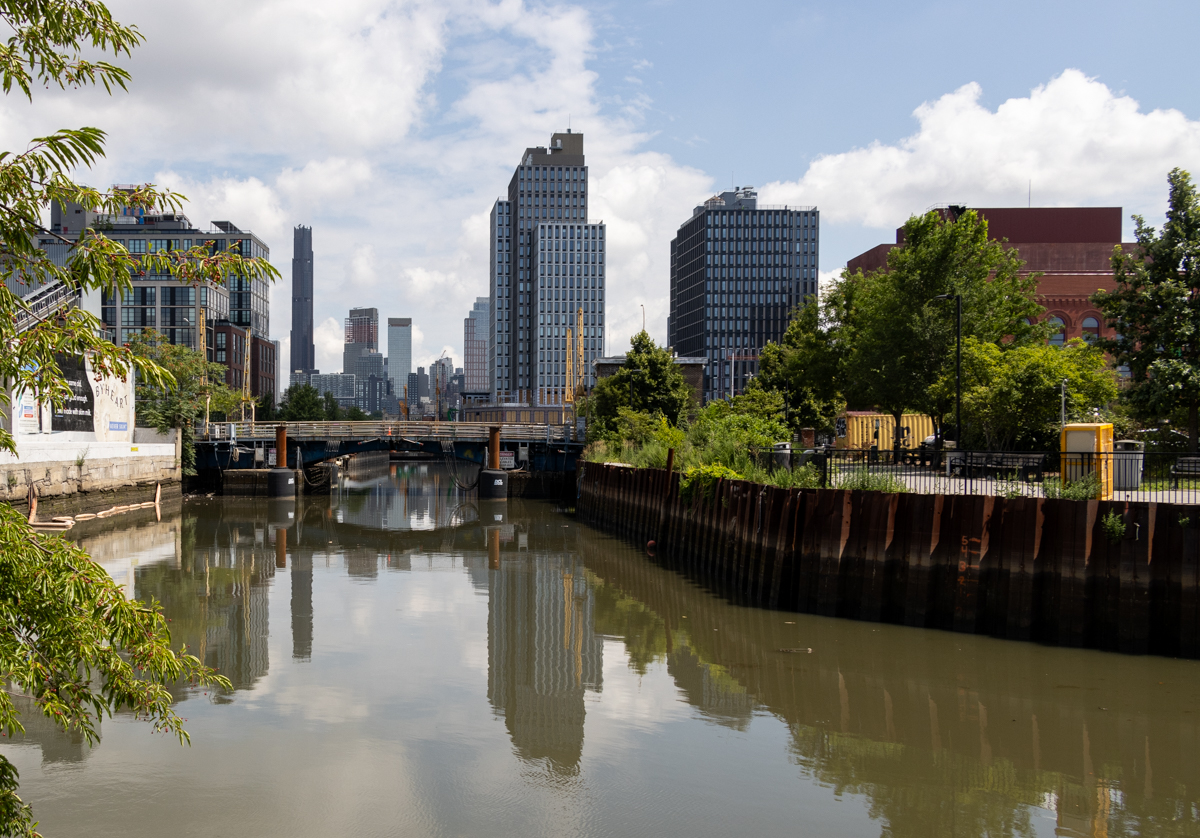
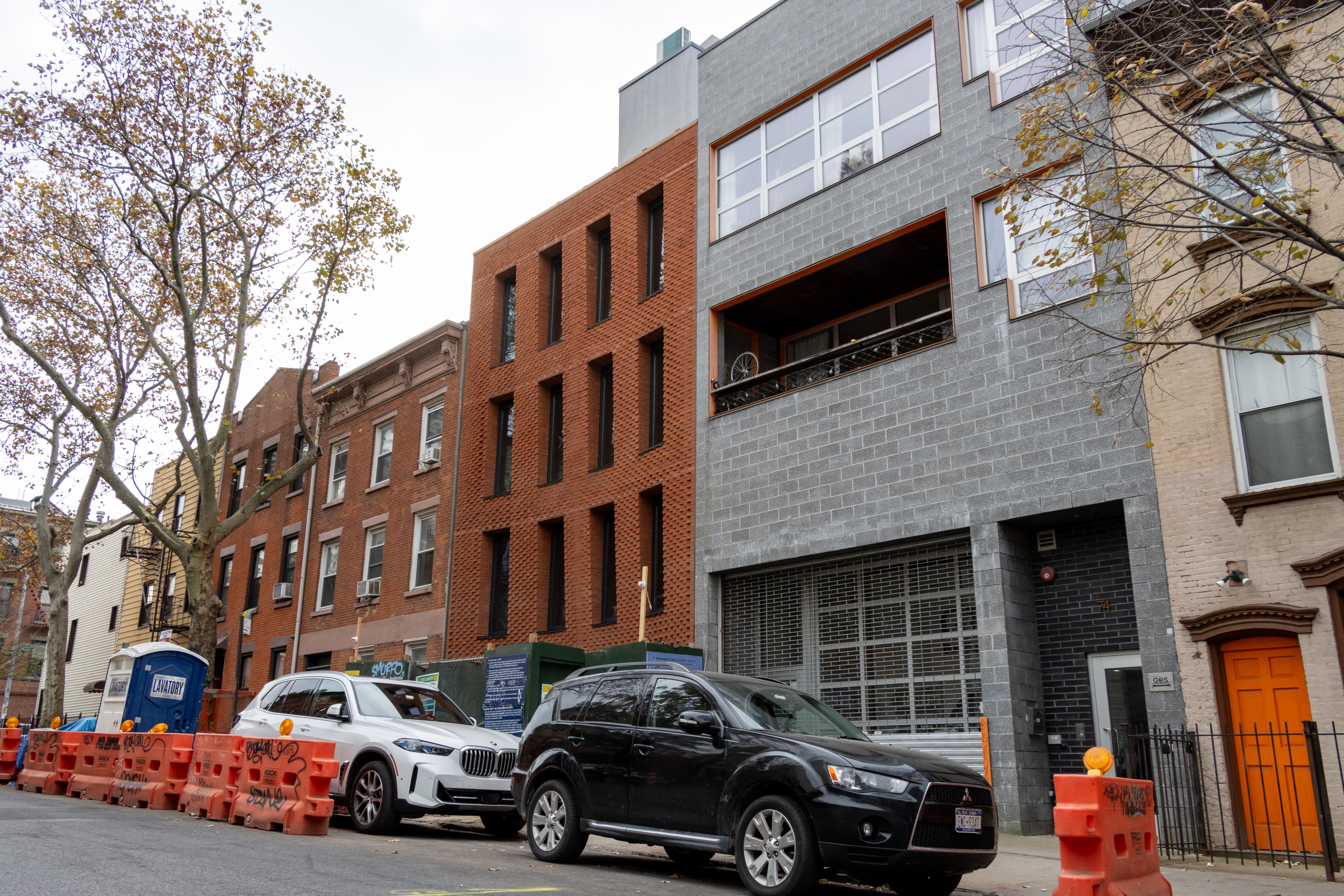

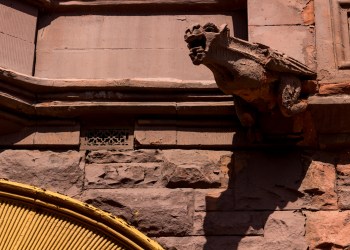


What's Your Take? Leave a Comment